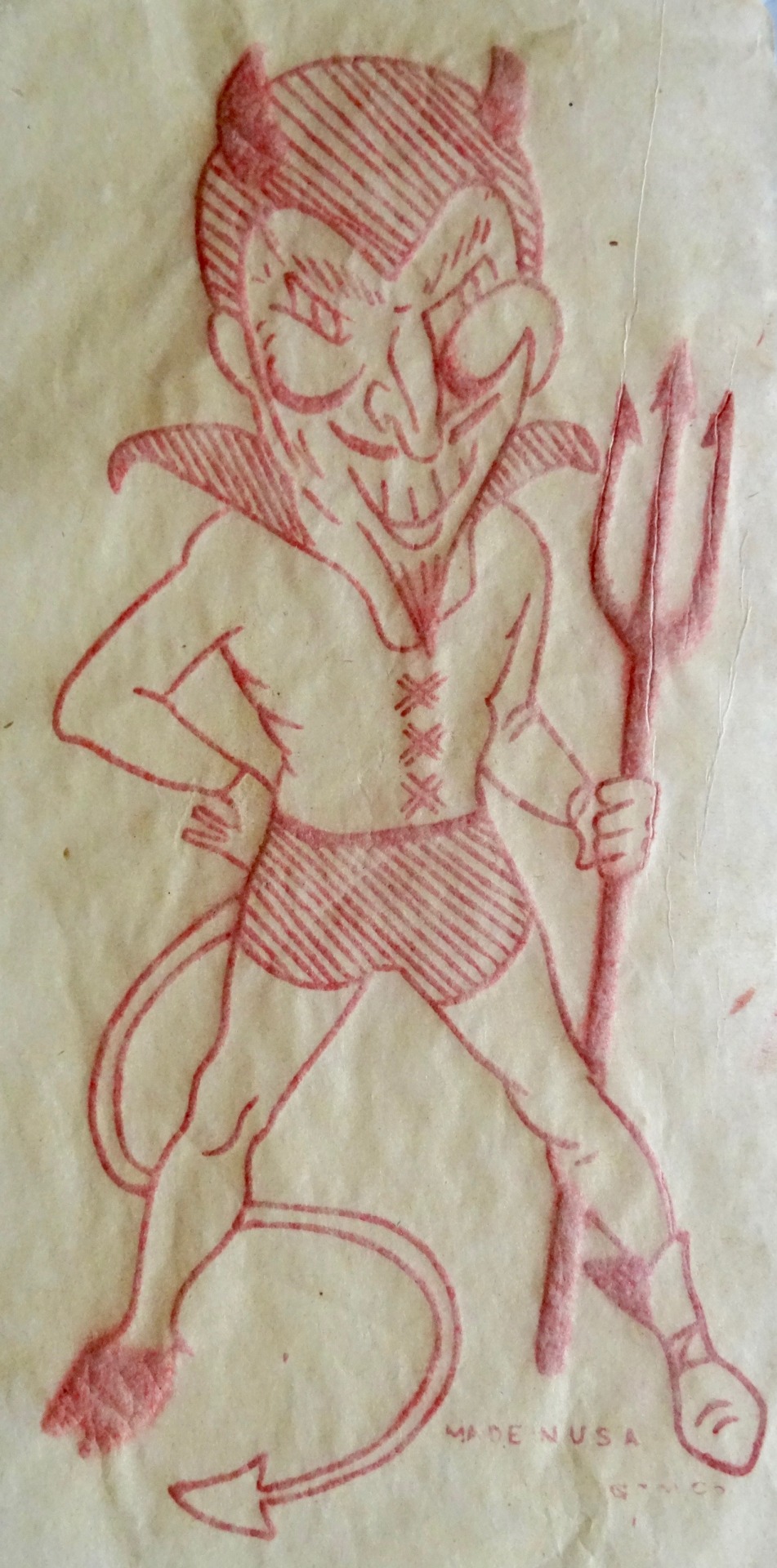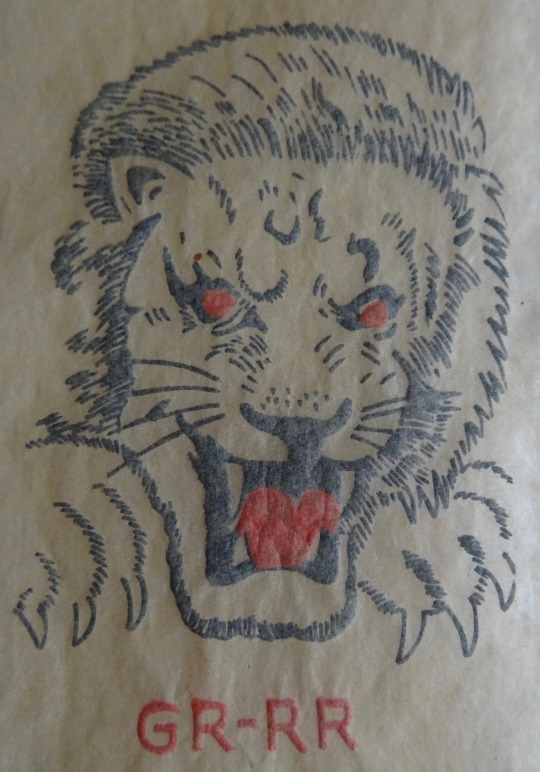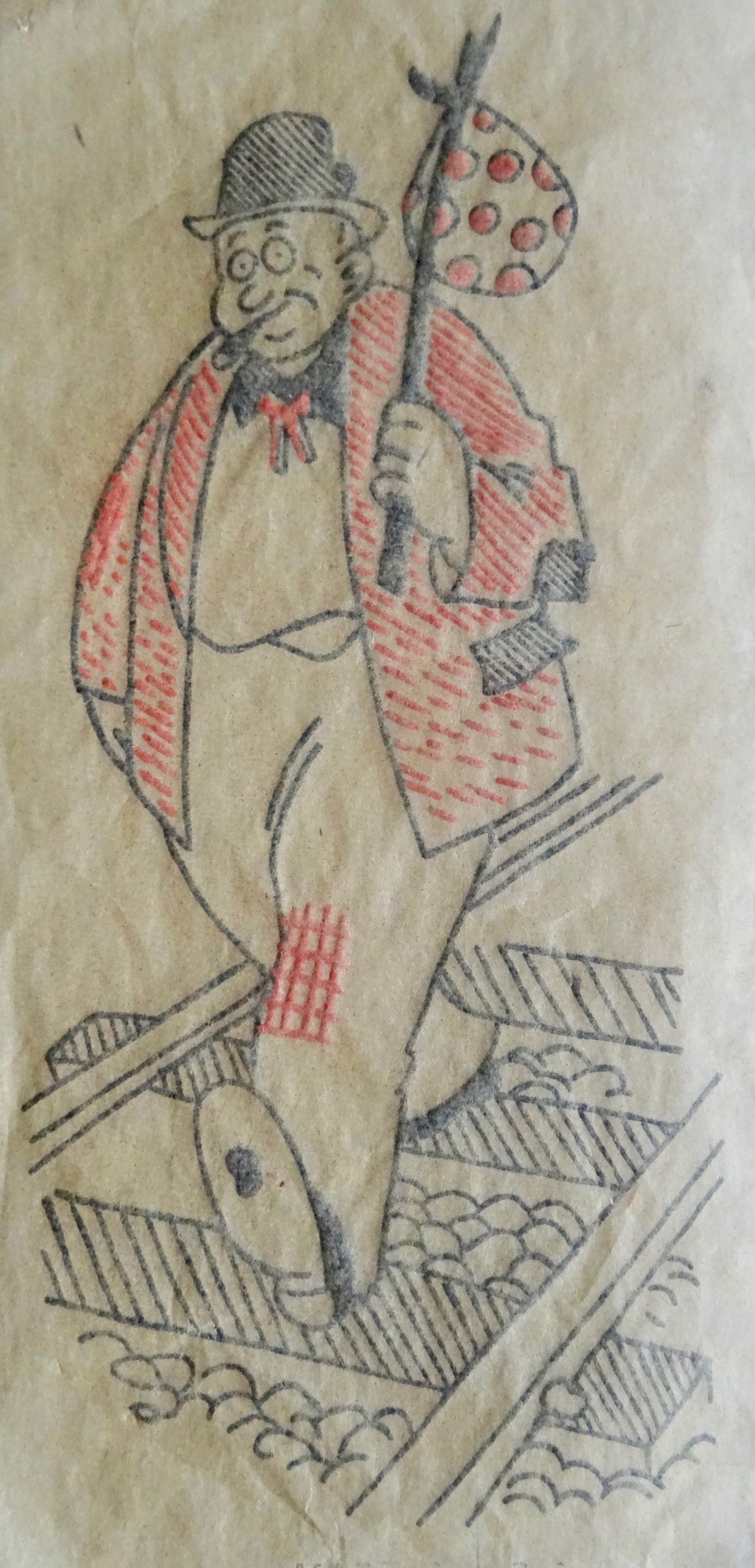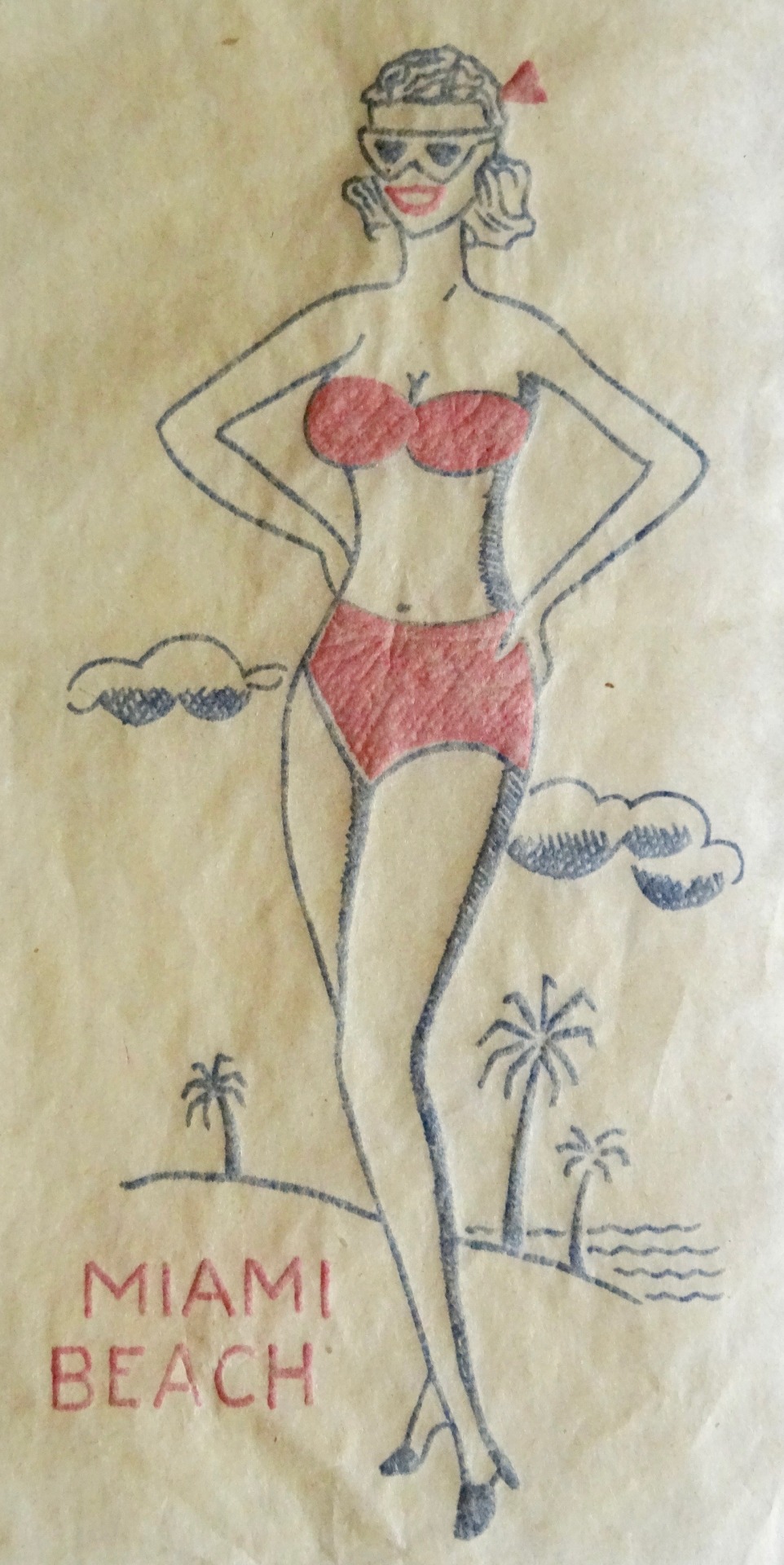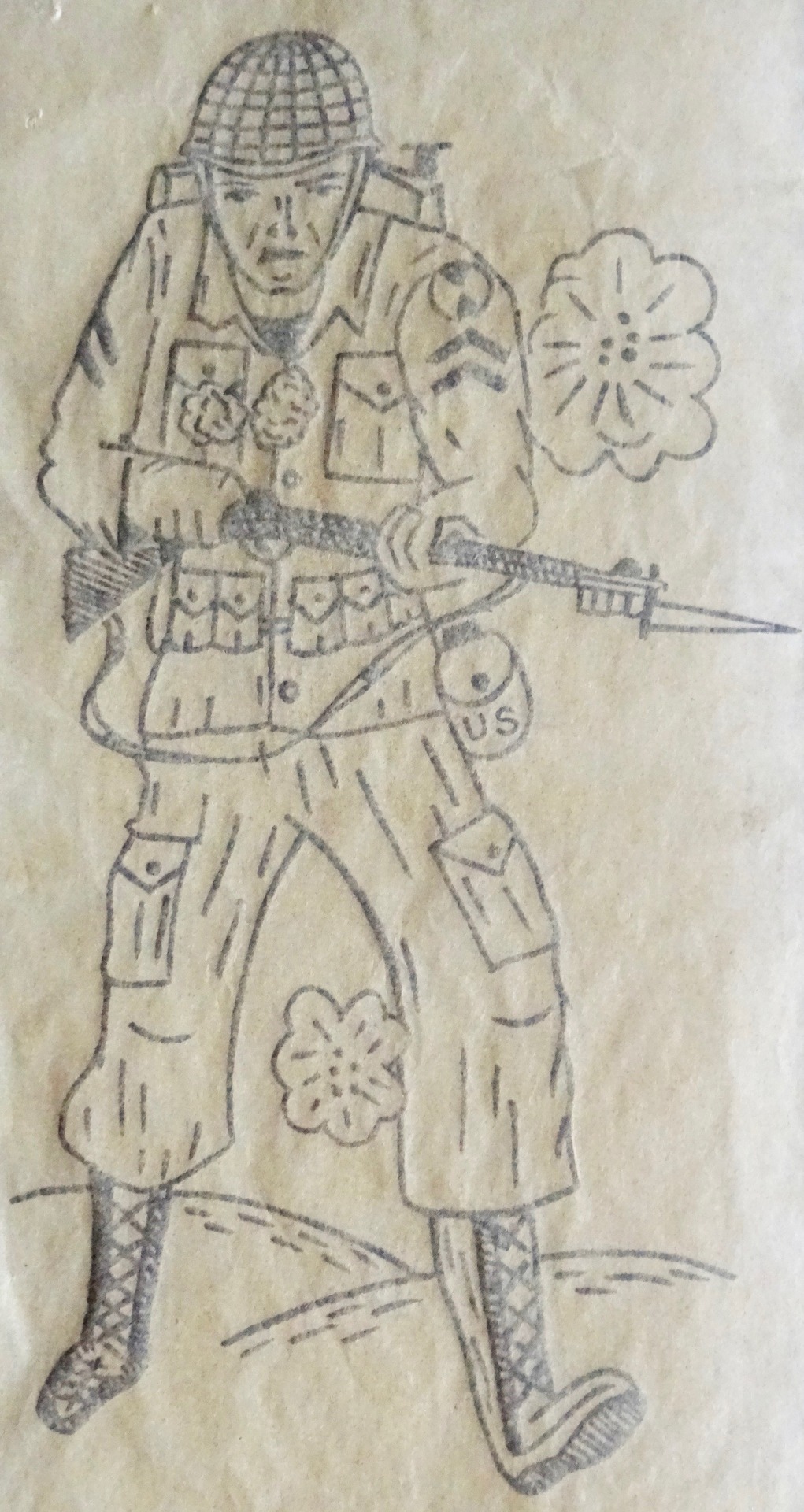#heat transfers
Text
Discover high-quality DTF Heat Transfers & custom heat prints in Canada with We Must. Experience high-quality printing for your custom designs.
0 notes
Text
Heat transfers
Heat transfers in printing is the study of temperature changes of printed materials. This process is critical in many printing processes, such as ink drying and paper drying. Heat is transferred to the materials through the rollers and this affects the print quality. Advanced heat transfer technologies enable faster and more efficient printing processes.
0 notes
Text


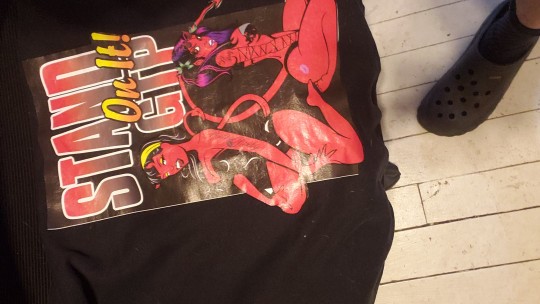


DM me if you need custom printed apparel decals, digital printing, or graphic design find us on Facebook Eyrscream Studiod
0 notes
Text
DTF Heat Transfer Trends and Predictions: The Future is Bright
Direct-to-film (DTF) heat transfer printing is a relatively new printing technique, but it has grown very quickly in popularity due to its numerous benefits, such as its high-quality prints, longevity, and adaptability.But what does the future hold for this innovative approach to printing?
Let’s talk about some of the current trends and predictions for the DTF heat transfer industry:
Trends
1: Expanded Use of DTF Heat Transfer for Printing on a Variety of Materials
Traditionally used on fabrics like cotton and polyester, DTF technology is making headway into new territories. Expect to see DTF transfers on leather, canvas, and even wood in the near future, opening up exciting opportunities for customization.
2: Improved Color Accuracy
Color accuracy has been a challenge in DTF printing, but advancements in ink technology and printer capabilities are addressing this issue. DTF heat transfers are becoming more capable of reproducing vibrant and true-to-life colors, making them an attractive choice for high-quality custom prints.
3: Personalization Boom
You can print unique designs on a range of surfaces using DTF heat transfer, which is an excellent method for doing this. Future trends are expected to follow this one as more individuals explore for ways to express themselves via their possessions.
Prediction
1: Increased Adoption of DTF Heat Transfer by Small Businesses: DTF heat transfer printing is an excellent choice for small businesses since it is both reasonably priced and simple to use.In the future, we can expect to see more and more small businesses using DTF heat transfer to create custom products for their customers.
2: Continued Innovation: Expect to see faster printing speeds, enhanced software solutions, and improved user-friendliness in DTF equipment. These innovations will empower businesses to produce high-quality DTF prints efficiently.
3: Growing Popularity in The Home Market: As more individuals explore for ways to make their own unique items, DTF heat transfer is growing in popularity in the home market. In the future, we can expect to see more and more DTF heat transfer printers and other equipment being sold to consumers.
Overall, DTF heat transfer has a very promising future. This technology is quickly rising in acceptance and becoming more accessible. Therefore, we can expect to see DTF heat transfer used in a larger variety of applications and by a wider number of individuals in the future.
0 notes
Text
When it comes to achieving outstanding custom heat transfers, one of the key elements that can make or break your project is the choice of materials. Among the various options available, professional heat transfer vinyl stands out as a versatile and reliable choice. Continue Reading>>
0 notes
Text
Mut Shipping Customs

At MUT Shipping Customs we create custom embroidery that people love! We believe in quality work that makes people's heads turn. We are recent college graduates that wanted to work together and start a small business bringing you embroidered items that are personal and mean something to you, your business, and your loved ones. We are grateful for your business and cherish the bond with our customers.
Custom Promotional Products
#Mut Shipping Customs#Los Angeles#Embroidery#Screen Printing#Embossing#Heat Transfers#Laser Engraving#Branded Company Gear#Custom Promotional Products
0 notes
Text
https://www.instagram.com/heattransferprint/
#heat transfers#tagless labels#grament printing#sweatshirt#screen printed transfers#sport shirts#t-shirt#teamwear#swimwear#sportswear*#club logo#authentic label#sponsor logo#sleeve badge#neck label#heat transfer embellishment#transfer print*#farklı dillerde#patch#self adhesive label#textile label*#heat transfer labels#label printing#Tags#heat transfer tags#textile tag#PVC stickers#cut hologram#textile transfer print
0 notes
Text

poor circulation
#a doodley#furry#getting sensory overload just imagining being a fur and having weight put on my tail#but ok yes actually talon is cold all the time he can barely produce heat for himself#it's less about him being affected by temperature (unless extreme) more that feeling warmth just so cozy#he is clingy once given the chance but wldnt be sincere about it sooo Needing Warmth as excuse to wrap around u#headbutt into you just like kitties do#transfer smells etc
2K notes
·
View notes
Text


























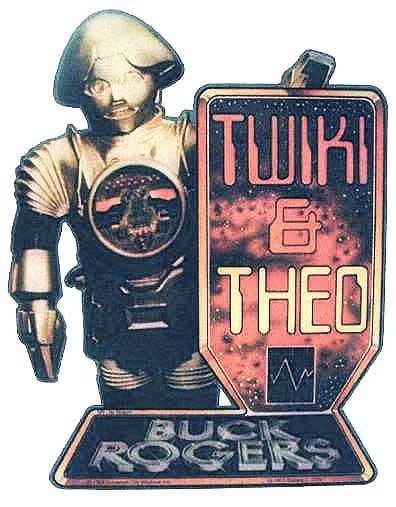



Vintage 1970s iron-on transfers
#vintage iron on transfers#vintage t-shirts#70s fashion#70s tv#70s movies#70s music#heat transfer designs#retro#seventies#1970s
2K notes
·
View notes
Text
Superfluid Heat Transfer
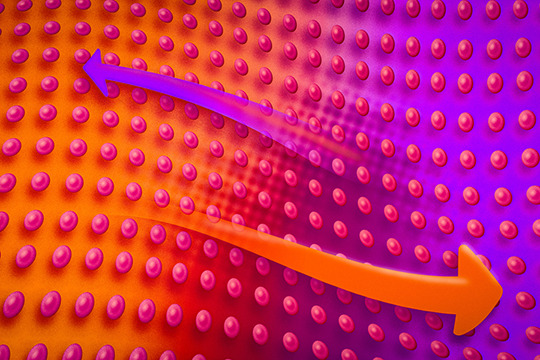
Near absolute zero, as atoms slow down, some materials become a superfluid, a type of matter with zero viscosity. Superfluids do all kinds of strange things like generate fountains, leak from sealed containers, and form quantized vortices. (Image credit: J. Olivares/MIT; research credit: Z. Yan et al.; via MIT News and Gizmodo)
Read the full article
83 notes
·
View notes
Text

big bird shirt is real now
#lobotomy corporation#library of ruina#<-i guess.both#i did draw the original image btw if it wasnt obvious#my college has a craft place where they have cricuts and heat transfer vinyl so : ) i now own a shirt with big bird on it#the shirt is just some 7$ thing from walmart i couldnt find any cheaper cotton ones but it is very comfy
75 notes
·
View notes
Text
A/C unit failed. Repair scheduled for Tuesday.
I want to buy 10kg of dry ice and put it in my house.
Questions:
Will it have an appreciable effect?
Will my cat die?
66 notes
·
View notes
Text
Types of energy transfer ⚡🔀 - Physics
You can read more about energy stores in my previous post - Energy Stores ⚡🏪 - Physics! 😊
What is energy transfer?
When we talk about energy transfer, we talk about energy from one energy store being transferred to another
Energy can remain in the same store for millions of years or just a fraction of a second
There are energy transfers happening all the time - every time there is a change is a system (an object/group of objects), there is a change in the way energy is stored
Transferring energy
There are four types of energy transfer:
Mechanical work 🦾 - the energy transfer of a force moving an object through a distance
Electrical work ⚡- energy transferred by charges moving due to a potential difference
Heating 🔥 - thermal energy transferred from a hotter 🔥region to a cooler 🧊 region
Radiation - energy transferred via waves (e.g.: sound 🔊 waves, light 💡radiation, infrared (heat) radiation)
Example of energy transfer: A falling ball
You are holding a metal ball that doesn't bounce. You drop it...
While the ball is falling:
The gravitational potential energy of the ball decreases 📉 AS
The kinetic energy of the ball increases 📈
As the ball is falling, some energy is transferred to the thermal energy of the surroundings (air)
When the ball hits the ground:
The gravitational potential energy of the ball hits zero AND
The kinetic energy of the ball hits zero AS
Energy is transferred to the surroundings via sound waves (there's a noise when the ball hits the ground) and heat (thermal energy store of surroundings 📈)
67 notes
·
View notes
Text
How To Get The Most Out Of Your Professional Custom Heat Transfers
Professional heat transfers are an excellent option for companies searching for a fast and effective way to produce high-quality bespoke garments. Heat transfers allow you to quickly transfer patterns onto various textiles, whether making t-shirts, caps, or bags. But knowing how to use your professional custom heat transfers effectively is crucial to get the most out of them.
Tips to help you get the most out of your professional custom heat transfers-
● Select the Right Fabric:
Using professional heat transfer vinyl requires careful fabric selection. Although most fabrics can be used for heat transfers, picking materials that can withstand high temperatures is crucial. The ideal fabrics for heat transfers, such as cotton and polyester, can withstand heat without being damaged.
● Clean the Fabric:
It's crucial to thoroughly clean the fabric before applying heat transfers. Heat transfers may not adhere to the cloth effectively if dirt, grease, or other material is present. Before applying heat transfers, clean the fabric of any particles with a lint roller or a moist cloth.
● Pre-heat the Fabric:
Pre-heating the fabric will assist in guaranteeing that the heat transfer adheres appropriately. Before applying for the transfer, warm up the material by placing it briefly on the heat press. Additionally, any moisture on the fabric will be helped to remove by doing this.
● Use the Right Pressure:
When performing heat transfers, the correct pressure must be applied. The transfer may peel or improperly attach with insufficient pressure, whereas the transfer may shatter with enough force. To ensure the transfer adheres well, follow the manufacturer's recommendations for pressure settings.
● Use the Proper Temperature:
Another important consideration is the temperature at which heat transfers are applied. A too-low or high temperature might harm the cloth and cause the transfer to peel or improperly adhere. To guarantee that the transfer adheres well, stick to the manufacturer's recommendations for temperature settings.
● Use a Teflon Sheet:
When applying heat transfers, using a Teflon sheet may aid in preventing damage to the transfer and the cloth. The Teflon coating helps to properly spread heat while preventing the transfer from adhering to the heat press's top platen.
● Peel the Transfer Properly:
Once the transfer has been applied, it is crucial to peel it off properly. Before peeling off the transfer, let it cool for a little while. Starting from one corner and pushing it back at an angle of 180 degrees, gently and carefully peel it off.
● Store Transfers Correctly:
Proper storage is crucial to keep professional heat transfer vinyl in excellent shape. Transfers should be kept out of direct sunlight in an ideal, dry location. Before using them, keep them in their original package.
Key Takeaway-
It's essential to know how to utilize your professional custom heat transfers to get the most out of them. Using these pointers, you can produce premium custom clothes for your company and make the most of your expert custom heat transfers.
0 notes
Text
Mut Shipping Customs - A Comprehensive Guide
youtube
At Mut Shipping Customs, we understand that navigating the complex world of shipping and customs can be a daunting task. That's why we've created this comprehensive guide to help you understand everything you need to know about Mut shipping customs.
What is Mut Shipping Customs?
Mut Shipping Customs is the regulations and procedures that govern the movement of goods across international borders. In the case of Mut, Turkey, customs regulations are governed by the Turkish Customs and Trade Ministry.
It's important to note that customs regulations can vary depending on the country you're shipping to or from, so it's essential to understand the specific rules and regulations for your shipment.
Why are Mut Shipping Customs Important?
Mut shipping customs are important because they ensure the safety and security of international trade. Customs officials use a range of techniques to prevent the smuggling of illegal goods, including weapons, drugs, and other prohibited items. Customs regulations also help to ensure that businesses pay the correct amount of duty and taxes, protecting local economies, and preventing unfair competition.
Understanding Mut Shipping Customs
To help you understand Mut shipping customs, we've broken down the process into several key steps:
Step 1: Obtaining the Correct Documentation
Before you can ship goods internationally, you'll need to obtain the correct documentation. This includes:
A commercial invoice
A bill of lading or airway bill
A packing list
Any necessary permits or licenses
It's essential to ensure that all documentation is completed accurately and completely to prevent delays or issues with customs officials.
Step 2: Preparing Your Shipment
Once you have the correct documentation, it's time to prepare your shipment. This includes:
Packaging your goods correctly to prevent damage during transport
Labeling your goods correctly, including any required hazardous materials labels
Ensuring that all goods are legal to export and import
It's also important to consider any special requirements for your shipment, such as temperature-controlled transport for perishable goods.
Step 3: Submitting Your Shipment to Customs
When your shipment is ready to go, you'll need to submit it to customs officials for inspection. This process can take several hours or days, depending on the complexity of your shipment and the workload of customs officials.
Step 4: Paying Duties and Taxes
Once your shipment has been inspected, you'll need to pay any duties and taxes that apply. This can include import or export taxes, as well as any other fees or charges levied by customs officials.
Step 5: Transporting Your Shipment
Once your shipment has been cleared by customs and all fees have been paid, it's time to transport your goods to their final destination. This can involve a range of transport options, including air, sea, or land transport.
Conclusion
Navigating Mut shipping customs can be a complex and challenging task, but with the right preparation and understanding, it's possible to ensure a smooth and hassle-free shipping process. By following the steps outlined in this guide, you can ensure that your shipment complies with all relevant regulations and arrives at its destination on time and in good condition.
At Mut Shipping Customs, we're dedicated to helping businesses navigate the complex world of international shipping and customs. Contact us today to learn more about how we can help you streamline your shipping processes and ensure compliance with all relevant regulations.
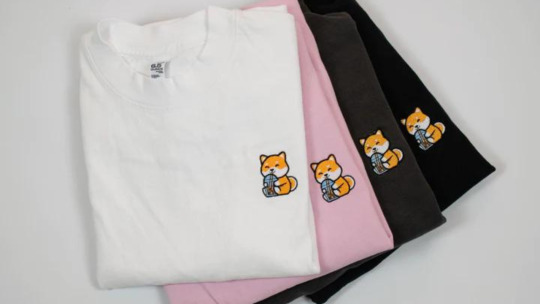
#Mut Shipping Customs#Los Angeles#Embroidery#Screen Printing#Embossing#Heat Transfers#Laser Engraving#Branded Company Gear#Custom Promotional Products#Youtube
0 notes
